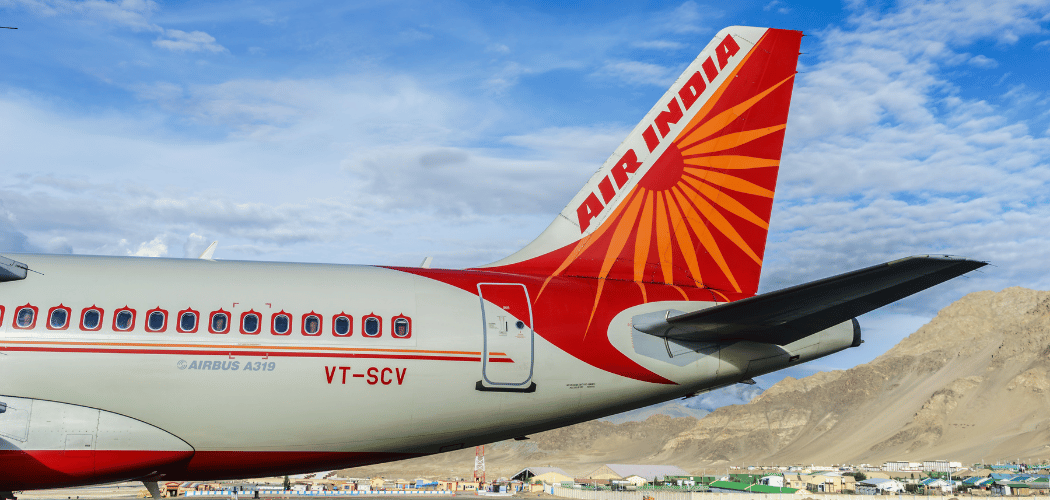The Seattle Times reports trouble brewing over at Alaska Air—a round of cost-cutting, a complicated merger with Virgin America, and intense competition with Delta has led to an uptick in employee dissatisfaction at the famously employee- and customer-friendly airline. If employee loyalty declines, is a decline in customer loyalty inevitable?
By Rick Ferguson
Long known as an outlier in an industry intent on devaluing loyalty programs and putting profits ahead of customer satisfaction, Alaska Air is undergoing growing pains because of its growth strategy centered on the airline’s recent acquisition of Virgin America. According to a lengthy analysis by the Seattle Times, the airline’s cost-cutting measures are having a detrimental impact on employee satisfaction, with dissatisfied employees in turn worried that a corresponding decrease in customer loyalty might give the edge to arch-rival Delta Air Lines, which is delivering a full-court press in Alaska Air’s home market of Seattle. Key elements driving employee dissatisfaction include:
Cost-cutting: To demonstrate its plan for delivering growth to Wall Street, the airline has enacted such cost-cutting measures as dropping its Biscoff cookie handout to passengers—a move that would save the airline $3 million annually—only to reinstate the cookies after airline attendants rebelled at the move. Although the airline remains profitable, its recent announcement that its cost-per-seat-per-mile-flown would rise 5 percent this year has seen analysts continue to place pressure on the airline to control costs.
Employee pay and flexibility: Cost-cutting has also seen the airline reduce scheduling flexibility for both pilots and cabin crews, removing one of the main perks for working at Alaska despite pay often lower than what rival airlines offer. Negotiations with the pilots’ union were so contentious that many pilots are still severely disgruntled despite a hefty pay rise—so much so that some pilots are intentionally slowing ground procedures to register their dissatisfaction.
Competition: Much of Alaska Air’s cost-cutting can be attributed to intense competition from Delta, which appears to have Alaska’s Seattle base in its cross-hairs while upping its own customer service game. The Times notes that Delta now has 59 routes out of Seattle that overlap with Alaska’s and has plans to up seats flying out of the city by 20 percent in 2018.
The merger: Employees have also complained that the merger with Virgin America has “consumed management’s attention,” thereby preventing the airline from keeping its focus on employee and customer satisfaction.
Employee satisfaction is, of course, at the forefront of building customer loyalty, and many employees are most concerned that Alaska Air’s missteps will damage the airline’s reputation for customer loyalty. Money quote from the Times:
“Alaska Airlines has topped the annual J.D. Power ranking for customer satisfaction among traditional North American air carriers for 10 consecutive years, a record based largely upon its reputation for warm customer service delivered by front-line employees. With their current mood, said Jeffrey Peterson, Alaska Airlines representative for the Association of Flight Attendants (AFA) union, ‘I worry how morale will translate to customer-service scores.’
“Some passengers have already noticed declines in operational and service quality. Bill Calder, a public-relations executive and Gold status frequent flyer with Alaska, tweeted in November: ‘Really sad to see the dramatic decline in customer satisfaction … and the overall experience.’
“In an interview, he complained of canceled flights and frequent delays sitting in airplanes waiting to reach the gate in Seattle. On a morning flight from Portland to Seattle on Friday, after boarding a flight that was already an hour late, he said he then spent about 90 minutes physically on the plane for a 30-minute flight, including sitting at the gate and waiting to disembark. ‘I’m a longtime, dedicated Alaska customer. It’s one of the great airlines,’ said Calder, ‘But in recent months, I’ve been frustrated with the service. It’s deteriorated.’”
Still, it’s hard not to feel sanguine about Alaska’s long-term future, considering the airline’s longstanding ability to build customer loyalty. It was only in July of last year that Bloomberg published a gushing profile of the airline and its ability to deliver on its brand promise—and it’s unlikely that Alaska will simply punt on the strategy that has made it one of the most beloved airlines in the world. If it can avoid common missteps—such as slashing benefits on its famously generous loyalty program—then there’s no reason Alaska can’t continue to win the battle for customer loyalty. Get the employees back on board, and the rest will follow.
Rick Ferguson is Editor in Chief of the Wise Marketer Group and a Certified Loyalty Marketing Professional (CLMP).




